
Guide
Samsung or Motorola: Which foldable works better?
by Michelle Brändle

Motorola is launching two exciting mid-range smartphones in the Edge 60 series: the affordable Edge 60 Fusion and the more powerful Edge 60 Pro. Both score points for their good designs and features, but do their differences justify a bump in price?
Motorola has successfully established itself in the mid-range smartphone segment with its Edge models. For this latest iteration, the Fusion and Pro models differ significantly in terms of price. In return, the Pro has a better processor and the cameras can do more. As you’ll see soon, this might well be true – but the Fusion’s solid performance and competitive pricing put a lot of things into perspective.
In comparison, the Motorola Edge 60 Pro has a more premium design. It has slightly less pronounced curves on the sides and appears more harmonious overall. The texture of the back is particularly striking. It varies depending on the colour you’ve chosen, giving the device a sophisticated touch. Overall, the materials and build quality are a step up from the Fusion model, making the Edge 60 Pro a more elegant choice. The colour is great here too.
One thing I also have to mention: the stereo speakers with Dolby Atmos support ensure decent sound quality on the Pro. The sound is more than sufficient for use without headphones or external speakers. Thanks to Dolby Atmos technology, you can choose between various profiles that adapt the sound depending on your use case. The sound of the Fusion is also fine, but certainly not intended for long-term music enjoyment from the speaker.
As can be seen in the table above, both devices use the same main camera. The Pro also has an additional telephoto camera, and the resolutions for the ultra-wide angle and front camera are higher.
This can be seen in landscape shots, for example, where the sky’s exposed in the same way as details in the foreground. Excessive saturation is usually the rule with such devices, but not here. Meanwhile, the optical dual zoom has fewer details than the Fusion’s digital zoom.
In low light or twilight situations, the camera tends to increase the exposure, leading to some noise and loss of detail.
In my test shots, you can see how the colours in the shadowy area faded slightly and the details in dark areas were less sharp. Images show a noticeable loss of detail with more distant subjects.
In my tests, the ultra-wide-angle camera proved usable, albeit with limitations. Thanks to the ultra-wide-angle lens, a wider field of view can be captured – particularly useful for landscape or architectural shots. Some ultra-wide-angle cameras tend to distort the image. However, this distortion was limited in the Edge 60 Fusion.
Both cameras stand out with their balanced skin tones, which is particularly noticeable in portraits. Images show natural-looking skin tones without appearing overly processed or liquefied. Although the 32 MP and 50 MP cameras offer different resolutions, I can see similar textures in my sample image in natural light.
Meanwhile, the depth of field isn’t perfect and a lack of light is immediately and very clearly noticeable, leading to blurring and noise in the background. The effect is pleasantly realistic compared to other smartphones, which often produce skin that’s too soft or flat.
The Edge 60 Fusion’s camera offers very good results in daylight, but the lack of an optical zoom and weaker ultra-wide-angle camera clearly show it can’t quite keep up with the Edge 60 Pro here. This offers significantly better camera equipment with a better ultra-wide-angle camera and a more powerful front camera. So if photography is more important to you, go for the Pro.
The GPU score is 2602, which can cause frame rate drops, especially in graphically demanding games.
At 90 watts, the charging speed of the Edge 60 Pro is faster than that of the Edge 60 Fusion. Compared to the Edge 50 Pro, it’s even been scaled back slightly, increasing charging times a little, but saving the battery. However, the battery of the Edge 60 Pro is fully charged within 40 minutes. As already mentioned, with some models you can do this in less time. But whether it’s 35 or 40 minutes doesn’t matter.
I've been tinkering with digital networks ever since I found out how to activate both telephone channels on the ISDN card for greater bandwidth. As for the analogue variety, I've been doing that since I learned to talk. Though Winterthur is my adoptive home city, my heart still bleeds red and blue.
Practical solutions for everyday problems with technology, household hacks and much more.
Show allThe Motorola Edge 60 stands out with its strongly rounded edges. This shape makes for an elegant look, but the touch sensitivity on the rounded edges isn’t always reliable, so they can be annoying in intensive use situations. The plastic frame is light, and the device feels good to hold, even if it doesn’t achieve the premium quality of an aluminium or glass casing. The back is covered in vegan leather, although it feels a bit plasticky. A bit like a silicone cover. I like the colour, at least.
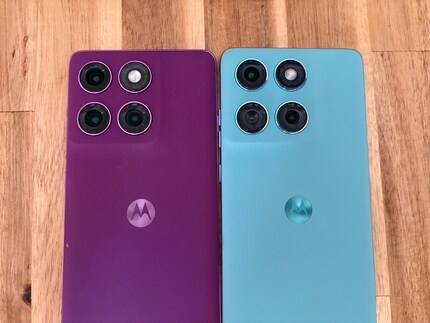
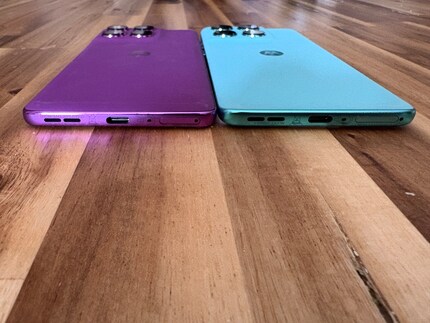
Both devices come with a 6.7-inch pOLED display, a resolution of 2712 × 1220 pixels and a brightness of 4,500 nits for good readability in direct sunlight. The 120 Hz refresh rate contributes to smooth operation, especially when scrolling and navigating. Colours are vivid, even if HDR content doesn’t quite have the same effect as on the best displays in high-end models. The displays are Pantone-validated, guaranteeing precise colour reproduction. However, the touch sensitivity on the rounded edges impairs user experience in some situations – a clear downside. The Pro model also supports HDR10+ and DCI-P3, ensuring even more vivid colours.
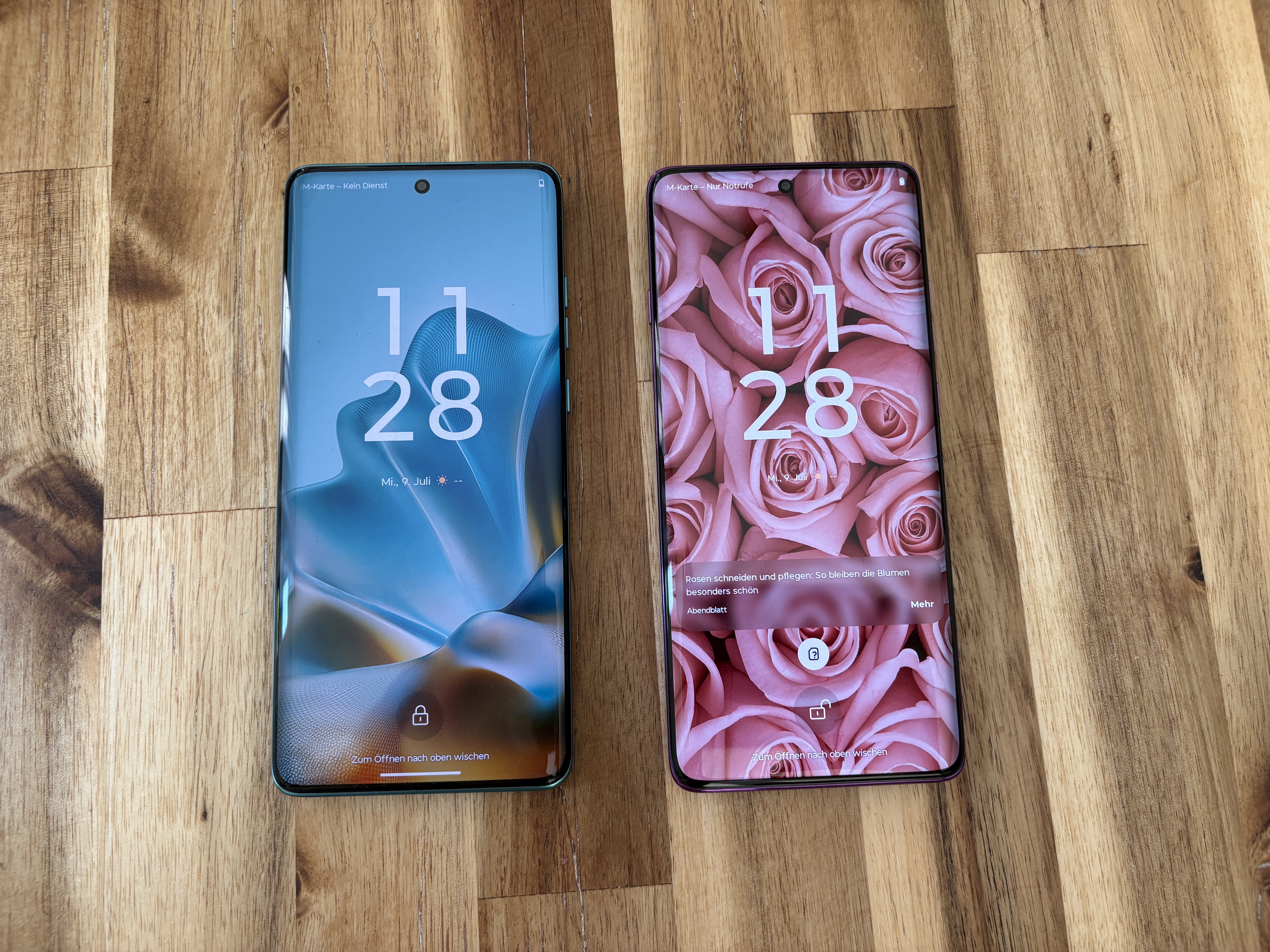
The main camera on both the Fusion and Pro are almost identical. It’s a 50 MP main camera with the same sensor. The only difference lies in the Pro’s additional laser autofocus, ensuring faster focusing, especially for dark images. This camera delivers stable results in daylight. In my tests, it shows a good level of detail and realistic colour reproduction, especially during daytime. Sample images show how the camera also captures fine details in nature or architecture shots. HDR mode ensures balanced exposure, even when there’s strong backlighting.
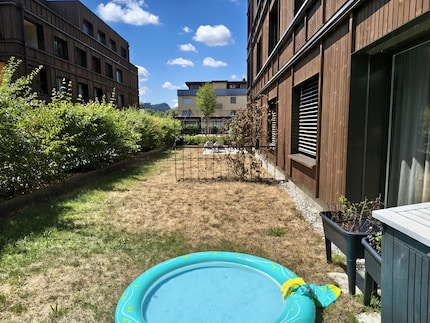

My test images showed that the ultra-wide-angle camera had slightly cooler colours than the main camera. As with the main camera, I also notice a certain amount of blurring and noise in low-light situations. For example, when snapping a street at night, the sky’s slightly overexposed and details in the shaded areas are lost. With the Pro model, you can expect a higher level of detail and uniform sharpness right up to the edges of the image. Sometimes you can see a slightly cool tinge in the pictures.
The third lens of the Edge 60 Pro is a 10-megapixel telephoto lens. It offers a useful triple focal length extension for portraits or distant subjects. The telephoto lens delivers balanced colours and sharp details that noticeably enhance photos at greater distances. Especially in combination with the portrait mode, the camera delivers beautiful depth of field effects without exaggerated edge blurring. The digital zoom (up to 50x), on the other hand, is – as with almost all smartphones – only a stopgap solution.
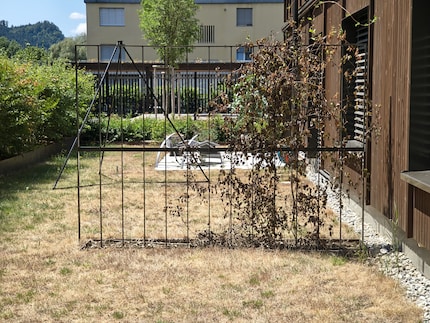
The Edge 60 Fusion is powered by the MediaTek Dimensity 7300 processor, offering 8 GB of RAM and 256 GB of internal memory. In Geekbench 6, the device achieved a single-core score of 1034 and a multi-core score of 2840. Compared to devices with Snapdragon alternatives, the Dimensity can be compared with the Snapdragon 7s. They have a similar setup and alternate in terms of advantages in many CPU and GPU benchmarks.
The Edge 60 Pro uses the more powerful MediaTek Dimensity 8350 Extreme processor. Geekbench 6 gets a multi-core score of 4289 and a single-core score of 1371, a clear improvement compared to the Edge 60 Fusion. Its everyday performance is outstanding and particularly evident when multitasking and switching between apps. In GPU benchmarks, the Edge 60 Pro achieves a significantly higher score than the Fusion model, namely 8826 points. This is also visible in more demanding games such as Genshin Impact.
The Motorola Edge 60 Fusion runs on Android 15, offering a relatively clean user interface with some additional features enabled by Moto AI. These are simple AI-based tools such as summarising notifications, generating images or creating notes. Although these functions are useful, they don’t provide any real added value that outperforms the competition. What stands out in a good way, however, is Motorola’s continuous support. The manufacturer provides three years of operating system updates and four years of security updates. By today’s standards, this is short – you’d expect more, especially from a 600-franc phone like the Edge 60 Pro. It’s fine for the Fusion.
The Motorola Edge 60 Fusion is equipped with a 5,200 mAh battery, which ensures reliable battery life throughout the day for most users. Even with intensive use – be it scrolling social media, listening to music or the occasional gaming session – the battery remained consistently powerful. In my test, I was able to get through the evening without worrying the battery would give up the ghost early – it even remained stable the next day. The device delivers a very solid performance that easily meets typical everyday requirements. The PC Mark test came up with a score of over 14 hours, impressive!
However, at 68 watts, the charging speed of the Edge 60 Fusion is okay compared to other devices in this price range. Although some manufacturers sometimes offer significantly more, the time saved is relatively small. While many competing models advertise even faster charging speeds, the charging time here feels a little longer. Although the device can be fully charged in around 45 minutes, it misses the top class. The Edge 60 Fusion falls somewhat short of the competition, which now often offers charging speeds of 100 watts and more.
The Motorola Edge 60 Pro comes with a larger 6,000 mAh battery. Even with intensive use, such as hours of gaming or using social media and streaming services, the Edge 60 Pro’s battery lasted the whole day without any problems. The battery performance here is quite strong, and the device provides a reliable power source for the entire working day – the PC Mark score shows me 8 hours 58 minutes. But this rock-solid performance pales in comparison to the incredible value of the Fusion.
If you’re looking for an entry-level smartphone that’s reliable and well-equipped, but doesn’t require the budget of a premium model, the Motorola Edge 60 Fusion is a good choice. It offers solid performance, a good display and a decent camera at a very low price. However, if you’re willing to invest a little more and want a stronger device with a better camera, more memory and faster performance, the Motorola Edge 60 Pro is the better choice. However, the Pro version has massive competition in a similar price range – such as Google’s Pixel 9a. In my opinion, the Fusion is more likely to find buyers than the Pro because of that.